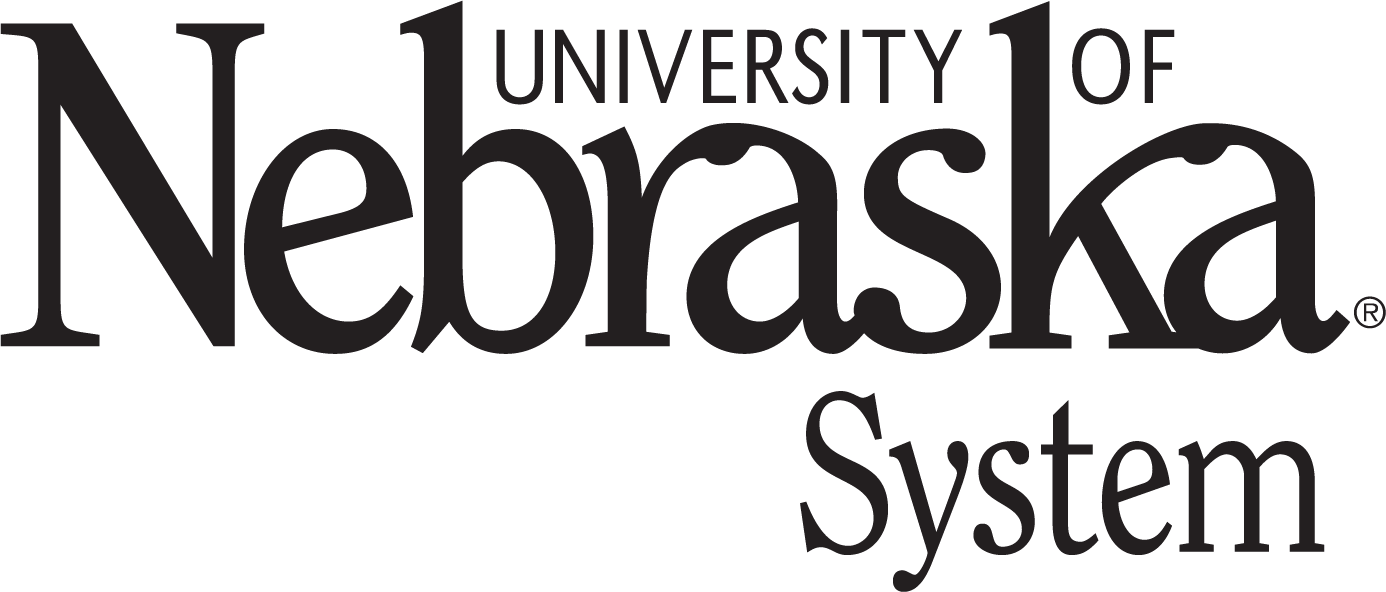2 Community Efforts
While the obesity epidemic is obviously an alarming issue due to the health implications and associated costs. There are a number of solutions that can contribute to reducing the prevalence of obesity.
Community efforts focusing on supporting healthy eating and active living in a variety of settings can help in reversing the obesity epidemic. Efforts should be made in a variety of settings throughout the community for the greatest effectiveness including early childhood care, hospitals, schools, and food service providers.
Lifestyle Change Programs
One community effort that can be particularly effective is offering Lifestyle Change Programs. For those with prediabetes for example, a CDC-recognized National Diabetes Prevention Program (National DPP) lifestyle change program can assist individuals in learning how to make lasting lifestyle changes to prevent or delay type 2 diabetes. These programs allow individuals to work with trained lifestyle coaches who help make small, manageable steps that fit in with the individual’s schedule and general life. Healthy eating lessons as well as tips on adding more physical activity into daily life are also part of these programs. Finally, these programs often take a holistic approach and include stress management strategies, tips to stay motivated, and suggestions for solving problems that can slow progress. While the classes are often related to dealing with a specific condition, such as prediabetes, the lessons learned frequently relate to the underlying problem of obesity and address ways to reverse it through the simple lifestyle changes.
Learn more about the National DPP lifestyle change program, and find a class near you (or online). (“Diabetes Prevention Program”, 2018).
Early Care and Education (ECE)
As previously noted, obesity is not just an adult problem, childhood obesity is a serious concern. Given that most young children (an estimated 73% of those 3-5 years old) spend time in care outside of the home, the ECE setting is one of the best places to reach young children with obesity prevention efforts. (“Early Care and Education”, 2020). State ECE systems, including those private facilities with state licensing, can promote standards that address nutrition, infant feeding, physical activity, and screen time. ECE facilities can implement practices and programs that support healthy eating and physical activity among young children. These improvements can directly affect what children eat and drink, how active they are, reduce their screen time, support moms who breastfeed, and build a foundation for healthy living. (“Early Care and Education”, 2020).

